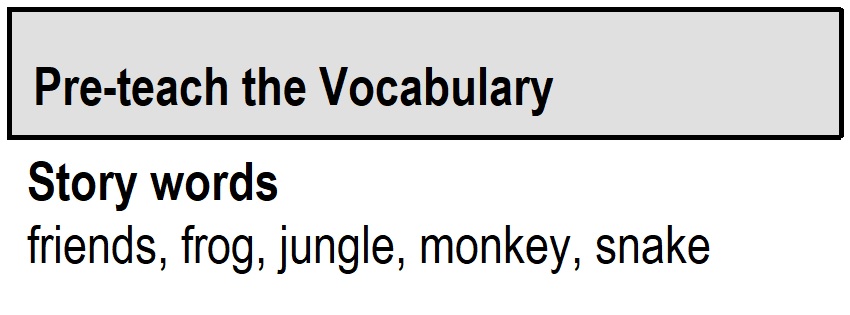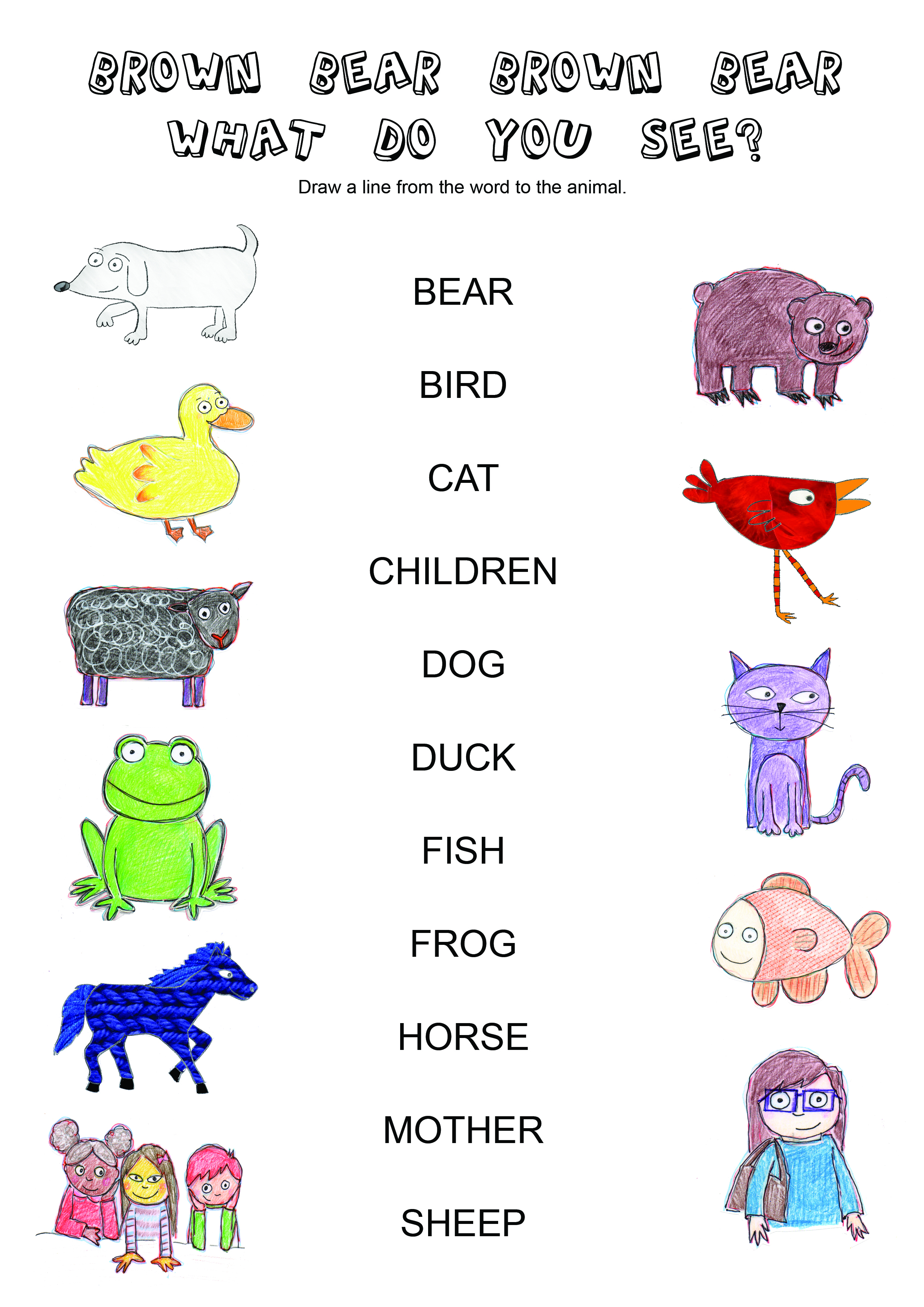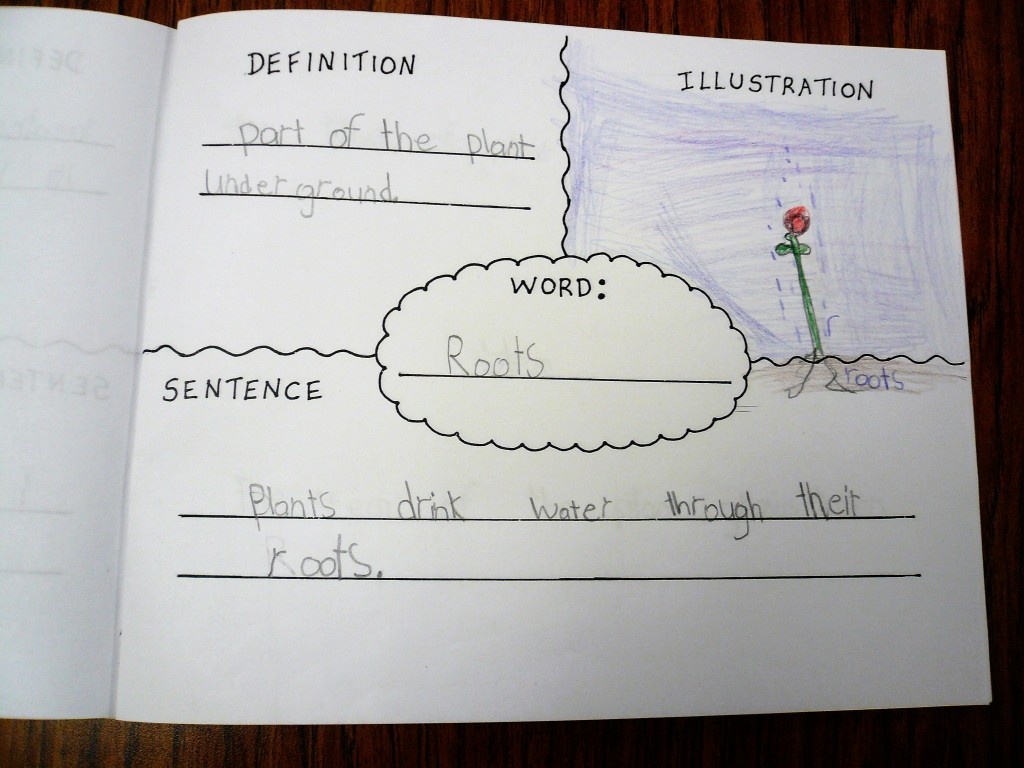I am so excited to say that pre-teaching is the easiest thing to do and for me personally, probably the most fun. I’d rather pre-teach vocabulary than having to go through grammar rules and implementing them. Pre-teaching vocabulary is great because the general rule of thumb stays the same whether you are teaching children or adults, pre-intermediate or advanced.
In fact, when teaching online, it is most definitely easier to teach vocabulary than in a classroom setting. When you are teaching online, you have all the tools needed to introduce new vocabulary at the click of a button and a quick Yandex or Google search.
Why is “pre-teaching vocabulary” important?
Pre-teaching is basically a strategy a teacher uses to introduce new words to a student. These new words usually come in the form of a reading text. This vocabulary is essential to understanding and grasping the text. Without the students’ understanding, the reading text would be a useless exercise and will leave you and your student frustrated.
Having a limited vocabulary is one of the biggest challenges our students face whether they are a child or an adult. You’ll find that most students can read fluently yet fail at comprehension and that is because more students are taught the parrot ways and, of course, different countries have different teaching methods. It is very normal in China for example to teach reading, phonics but not elaborate on the meaning of the words. “Pre-teaching vocabulary reduces the number of unfamiliar words the students will encounter in the text and boosts vocabulary acquisition”. (Adolescent Literacy, 2007, p. 16)
When we pre-teach vocabulary we are preparing the students for an exciting yet successful read! Their confidence also increases, so does their understanding and comprehension.
What is particular about teaching kids?
You see, there are so many different ways of introducing vocabulary that we will be here for days! From root words to matching definitions, realia, memory, pictionary, games, reading books, the list goes on for days!
You have to keep in mind that kids can only memorise about 5-7 words in a session. Thus, your reading material should be a short story.
Oxford Learning Tree is my personal favourite because the sentences are usually no more than 5 words, the story is about 10-15 pages long. My 2nd favourite is RAZ. levelled reading books. When you select a book, it shows you the most important vocabulary to pre-teach. You can send this vocabulary as homework to prepare the student for the next session or teach this vocabulary at the start of the session before the reading activity.

Now, let’s talk about creative ways to introduce the new vocabulary.
3 Best Methods for pre-teaching vocabulary online
1. Word Walls
When using word walls, we use pictures on the one side and the words on the other. This is a simple matching activity. You can make your own Word Wall by copy and pasting the words that you want to introduce and then adding images. Dictate the words first, show other images before having the student complete the activity. You can send the pictures or share your screen. Simple, easy and effective! You can also send this activity as homework.

2. The KIM strategy
The Kim strategy is almost like a word wall but here we use a little more detail.
What does KIM stand for? KIM is an acronym.
- “K” stands for a key idea or the vocabulary word the students are studying.
- “I” stands for information or the student explanation of what the vocabulary words mean.
- “M” stands for memory clue or the drawing or example of the word that will help the student remember the meaning.
We can use this strategy as a graphic organiser.
See the example below from teachingchannel:

What is great about this is that you can add the page number, use the word in your own example sentences or use the actual dictionary definition. The student can write their own definition and for extra practice and recall. They can draw a picture or add any examples they wish.
You can do this activity together or this can be sent as homework.
3. Movement and TPR
Another way to get new vocabulary across is by physically moving.
Are you teaching animal names? That is super simple! Lion? Roar and show your fingers are claws! Money? Sound a monkey and behave like one?
Teaching colours? Show different objects which are the same colour, remember to dictate. Red Apple, Red Pen, Red Strawberry.
The above 3 methods are super simple but let’s dive a little deeper.
How to prepare for pre-teaching?
If you don’t have the luxury of already made lesson plans, you will have to go through the reading material in advance, that is a given.
- Look for words that are repeated frequently in the text which will help the student understand the text and topic. Remember to limit the number of words depending on the level of your student.
- Pre-test / Elicit Understanding. When we pre-test a student, we check whether or not they understand the new words. We can do this in 2 ways, multiple choice or matching such as word walls/digital flashcards. You can ask students to give you the definition of the word. You can even use mind maps/word maps which is similar to the KIM strategy.

Is your student more advanced?
Then take it a step further.
You can add synonyms and antonyms to the new vocabulary once it is clear the student understands the new words which were introduced. This is a safe exercise to use when the student learns 4 words and less.
If your students have read successfully and understood all the new vocabulary you can always ask them to underline the words in the text which they did not understand. Sometimes you will find that there are one or two words that you can additionally teach.
Want more information?
Check out some cool videos on how to pre-teach vocabulary:
Pre-teaching vocabulary is the most fun part of the lesson. Feel free to get creative and keep in mind that no two students are exactly the same. Some students learn better with games, some with audio and visuals. Remember to check for understanding and elicit as much as you can. It always helps to send the next lessons’ vocabulary in advance as homework as the student will have time to prepare and not feel intimidated by the material.






 Вероника Аветисян
Вероника Аветисян 
 Маргарита Аветисян
Маргарита Аветисян 



Thank you! This article is extremely useful!